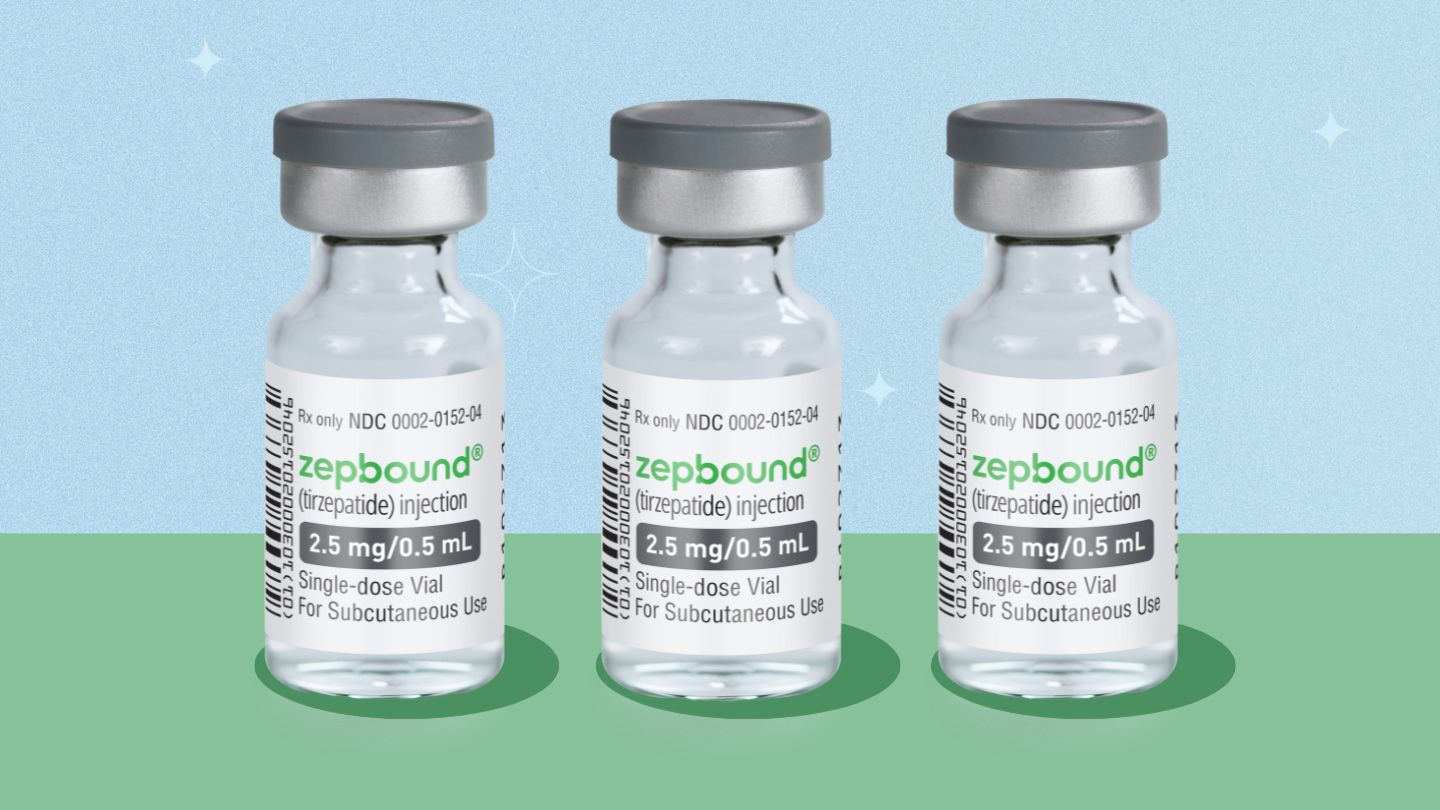Hey there if you're reading this, I'm guessing heart health is on your mind. Maybe a recent diagnosis has you wondering what's next, or perhaps you've been quietly questioning whether it's even safe to move your body anymore.
Here's the thing: despite what you might think, your heart doesn't want to put you in timeout. On the contrary, it wants you to stay active. Yes, even if you're older and managing heart disease. Today, we'll talk through the gentle, smart ways that exercises for heart disease can make your daily life brighter, stronger, and full of energy again without the risk of pushing yourself too hard.
So grab your favorite cuppa, settle in, and let's chat like old friends about what really makes a difference for older adults living with heart disease.
Why Exercise Still Matters With Heart Disease
When someone mentions heart disease, many people automatically think "rest more, do less." But here's something you might not expect:
Moving your body is not the enemy it's actually part of the medicine.
Did you know that studies, like the ones conducted by the American Heart Association, show that staying active helps reduce blood pressure, lower cholesterol, keep your weight in check, and even boost your mood?
It's not about testing your limits. It's about understanding them. For example:
- When your heart works a little during exercise, it gets better at pumping blood just like when you train a muscle to get stronger.
- The right kind of activity helps slow your heart rate down when you're resting always a great sign!
- You also become better at handling stress, both physically and emotionally.
On a personal note, imagine cooking dinner and not having to sit for five minutes afterward to catch your breath. Or being able to play with your grandchildren without losing steam half-way through. That's the kind of future we're setting ourselves up for one steady workout at a time.
Types Of Exercises You Can Try Right Now
Let's break things down. There are three major types of movement that experts consistently recommend for heart patients over 60. These aren't random workouts they're specific exercise categories designed to protect your heart and help you feel better day to day.
Aerobic Cardio Workouts
We're not expecting marathons here! What matters is getting your heartbeat raised moderately and consistently. Think of it as giving your cardiovascular system a bit of a pep talk every day.
- Taking a short, brisk walk outside maybe even with a friend counts!
- Using a stationary bike inside feels like gliding along without any bumps or wind resistance.
- Water aerobics classes let you move freely while easing pressure off your joints.
- If mobility is limited, arm-driven machines simulate walking movement using only your upper body.
According to Johns Hopkins Medicine, 150 minutes a week of "moderate intensity" means moving enough so you're breathing faster than usual but not gasping. Like carrying groceries up a flight of stairs or speed walking to catch a bus. You should still be able to hold a basic conversation while doing it.
Remember, slow progress wins the race. Mary, a 72-year-old visitor from San Francisco, told me she started with ten-minute walks down her block. Six months later? She hikes weekly near Lake Tahoe with new energy. Don't underestimate the power of tiny changes over time!
Strength And Resistance Moves
I used to fear lifting anything as a woman over 65, concerned it could "break" my heart. Boy, was I mistaken. But wait what does strength have to do with your ticker?
Lots, actually. Every bit of muscle you gain takes pressure off your heart, especially during daily tasks. Bonus: It lifts good cholesterol and lowers the bad kind. As British Heart Foundation physio Helen Alexander says: "Strong doesn't mean heavy. Effort builds endurance."
- Wall push-ups are fantastic for chest and arm muscle engagement.
- Standing from a chair repeatedly builds leg strength.
- Resistance bands are lightweight yet surprisingly powerful (and practically cost nothing).
A lot of people forget that many hospital cardiac rehab programs teach these movements. If your doctor recommends it, getting involved in one can be life-changing. It's expert-supervised and group-based, which makes for motivation, friendship, and accountability. Two very powerful tools indeed.
Flexibility And Balance Training
Sure, I used to think yoga was only for young people who could twist themselves into human pretzels. Then I discovered seated yoga and seated tai chi.
Seriously flexibility matters a surprising amount after a cardiac episode. Joints stiffen quickly when inactive, making every chore harder. Balance improves gradually as you stretch regularly. Plus, posture gets a nice upgrade along the way. Win, win, win.
- Yoga can include simple seated spinal twists and ankle rolls.
- Tai chi works wonders gently, focusing on coordinated breathing and stance shifting.
- Calf and hamstring stretches post-cardio help muscles recover faster and reduce cramps.
According to the U.S. National Library of Medicine, stretching should feel like relief rather than tension. So take it slow. Warm those muscles first, stand carefully if you take medication that causes dizziness, and hydrate well, especially during hot weather.
Making Sure You're Being Smart About How You Move
Okay before I leave you to your monthly treadmill date (which sounds delightful, by the way), let's talk about keeping yourself safe while working out with heart disease. Because there's always a fine line between supporting heart health and overwhelming it.
Listen To Your Body's Signals
One key rule I absolutely stand by: When your body raises a red flag, listen. These cues are subtle but significant:
- Dizziness or sudden sweating without overheating
- Chest tightness or discomfort classic warning signs
- An unexpected surge in fatigue or nausea
Don't push through these. Lower intensity, hydrate, take a break. Very few goals are worth pushing your heart dangerously. This isn't bootcamp this is wellness coaching at its finest.
Talk To Your Doctor Before Starting
Your doc isn't trying to rain on your fitness parade. They just want to protect you in case of rare twists like drug interactions or unusual cardiac events. Key situations when you need their approval include:
- Post-stent insertion or bypass surgery
- Managing multiple conditions at once (like diabetes + heart issues)
- Started taking new medications recently
Some practices offer easy telehealth visits for updates. All it takes is one quick call to set expectations, levels of exertion, and preferred tools like heart rate monitors. New routines deserve strategic guidance not fear and uncertainty.
Week-Long Guide To Moving Mindfully
Let's walk through what a manageable weekly rhythm could look like. Think of this table less as a manual and more like a loose framework designed to help you lace in consistency gradually.
| Day | Activity + Duration |
|---|---|
| Monday | 10-min Walk + Calf Stretch |
| Tuesday | Resistance Band Exercises |
| Wednesday | Chair Yoga + Arm Circles |
| Thursday | Stationary Bike (1015 min) |
| Friday | Tai Chi or Balance Training |
| Saturday | Walking + Breaks as Needed |
| Sunday | Full Body Morning Stretch |
That's an effective start. No gym memberships required, no Olympic-level intensity just persistence guided by clear intention. Add small touches that make movement fun: take music along, track steps in a journal, walk alongside a pet or neighbor. Enjoyment keeps the habit going far longer than guilt ever could.
Wrapping Up With Warm Encouragement
We're all somewhere on this path differently. Whether you've recently recovered from surgery or you're beginning your heart-health journey, know this: choosing to care for your cardiovascular system today shows inner courage no one else sees.
I know what putting your sneakers back on might feel like after feeling out of shape for so long. But trust me you can redefine what "good enough" movement means, especially with heart health goals baked right in. Let this blog post be the gentle nudge, the umbrella for whatever season you're in.
Do one exercise this week. It doesn't matter how small it is. But commit. Share your thoughts or goals below I'd truly love to follow your story too.
Until next time, keep moving mindfully and keep loving heart-first.
FAQs
What are the best exercises for older adults with heart disease?
Walking, stationary biking, water aerobics, resistance bands, and seated yoga are all heart-healthy options that are gentle and effective.
Can I exercise after heart surgery?
Yes, but only with your doctor’s approval. Light activities like walking may be recommended gradually as part of recovery.
How much exercise is safe for someone with heart disease?
Experts recommend around 150 minutes of moderate-intensity exercise per week, broken into small, manageable sessions.
What warning signs should I watch for during exercise?
Stop immediately if you experience dizziness, chest pain, shortness of breath, or unusual fatigue while working out.
Is strength training safe for people with heart conditions?
Yes, light resistance training improves muscle strength, reduces strain on the heart, and supports better daily function.
Disclaimer: This article is for informational purposes only and does not constitute medical advice. Always consult with a healthcare professional before starting any new treatment regimen.
Related Coverage
Can coughing spur premature ventricular contractions, also called PVCs? Learn why coughing can cause extra, skipped heartbeats in some people and when PVCs may indicate an underlying heart condition requiring evaluation....
An aortic stenosis murmur indicates a narrowed valve. Find out its sounds, symptoms, diagnosis steps, and treatment paths....
Spot the bicuspid aortic valve symptoms, know when to get help, and find lifestyle and treatment tips to keep your heart healthy....
Balloon angioplasty opens blocked arteries, giving symptom relief, fast recovery, and a look at benefits, risks, and after‑care....
Find out the signs, causes, diagnosis and treatment for mitral regurgitation, plus lifestyle tips to support a healthier heart....
Try a heart disease diet packed with simple swaps, whole‑grain carbs, fatty fish and low‑sodium foods to cut cholesterol, lower blood pressure, and feel energized....
Excess abdominal gas from poor digestion can stimulate nerves that signal the heart, resulting in extra abnormal heartbeats known as PVCs (premature ventricular contractions)....
Intermittent fasting may impact heart health positively or negatively. Find out how it affects your cardiovascular system and what’s safest for you....
Research on using coffee to stop bleeding is limited. While it may slow blood flow, coffee also inhibits clotting for some. Know when to seek emergency care....
Learn about lipoprotein(a) or Lp(a), a genetic cholesterol that raises heart disease risk when elevated. Get screened and understand your levels....








